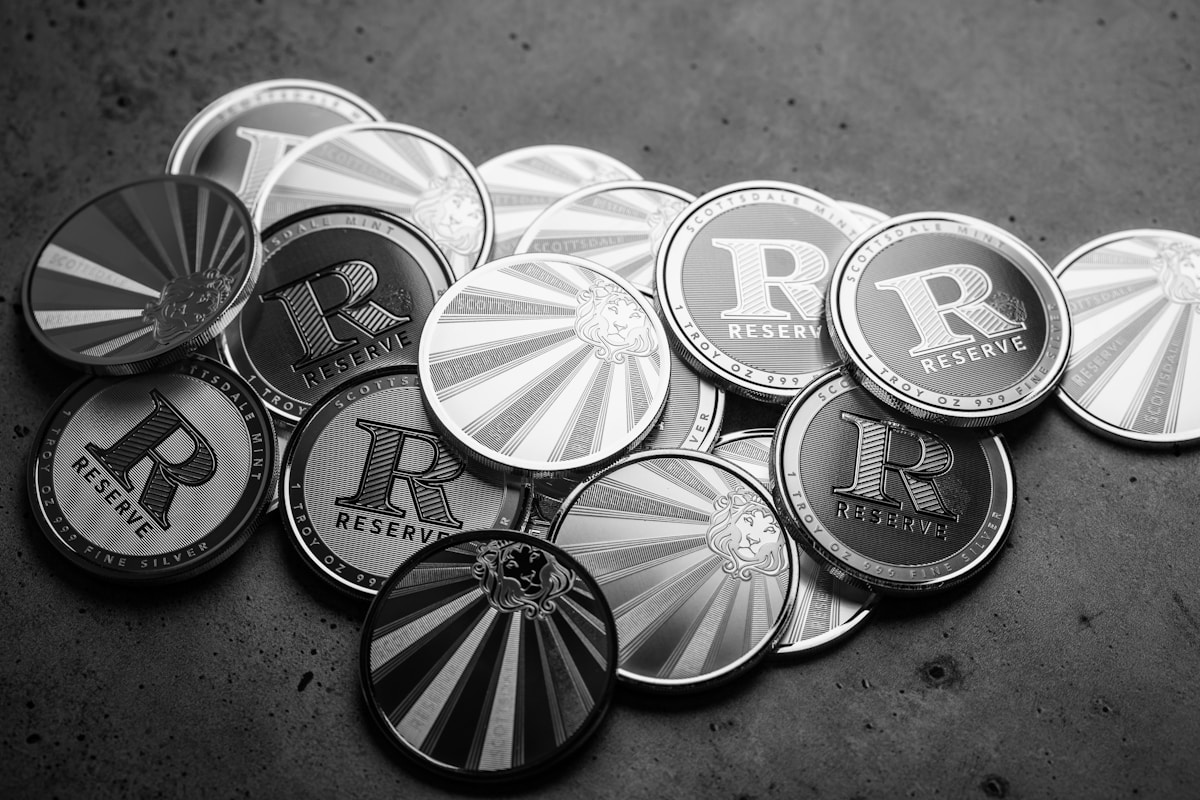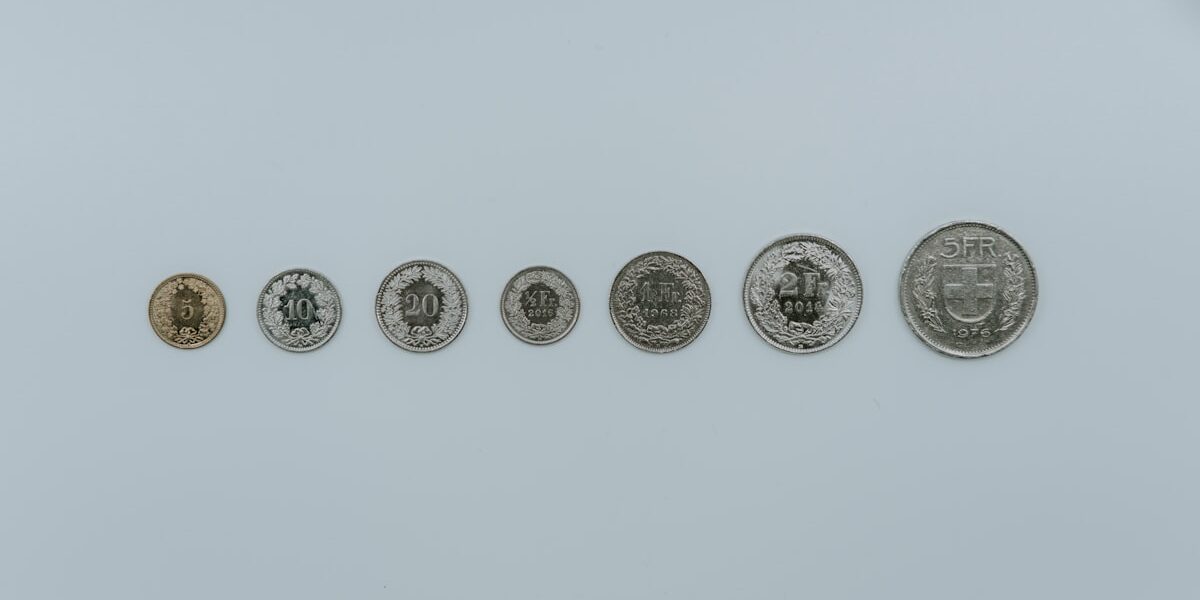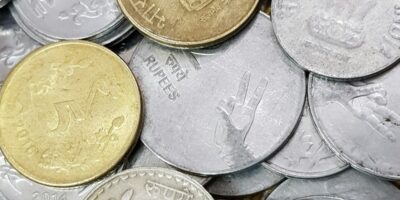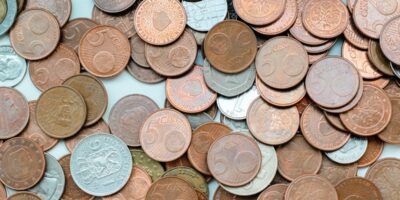Unveiling the Rare 1965 Quarter
The 1965 quarter holds a unique place in the history of United States coinage. This quarter marked a significant transition in its composition. Prior to 1965, quarters were made of silver. The Coinage Act of 1965 eliminated silver from the quarter. This change was largely due to rising silver prices.
The coins struck in 1965 were the first of their kind to be struck in clad composition. The new quarters were composed of a copper-nickel clad, rather than the 90% silver used previously.
The Transition from Silver to Clad

The shift to the new composition resulted in some confusion at the mints. A few quarters from 1965 were struck on silver planchets instead of the intended copper-nickel planchets. These error coins are the reason some 1965 quarters are considered rare and valuable today.
Identifying a 1965 silver quarter can be challenging but not impossible. The easiest way is the edge of the coin. Silver quarters have a consistent silver edge, whereas clad quarters have a noticeable copper streak. Weighing the coin can also help: silver quarters weigh about 6.25 grams, but the copper-nickel quarters weigh less.
Notable Values
Silver 1965 quarters fetch significant premiums in the market. The difference in rarity combined with the mistaken silver composition makes these coins particularly desirable to collectors. Regular 1965 quarters are quite common, with millions minted. The rare 1965 silver quarters can command high prices, ranging from hundreds to thousands of dollars depending on condition.
Error coins from this transition period are inherently scarce. This scarcity contributes to their mounting value over time. Numismatic collectors and enthusiasts often highlight 1965 silver quarters highlighting their importance in American coin history.
Characteristics of the 1965 Quarter
A normal 1965 Washington quarter features George Washington on the obverse, a design that has been consistent since 1932. The reverse displays the eagle with outstretched wings. The copper-nickel clad composition makes it visually similar to other quarters minted after 1965.
One must look closely to distinguish these rare error coins. Finding a 1965 quarter that appears different could mean a great find. Seek professional valuation if you suspect you have a silver 1965 quarter to validate and potentially realize its true worth.
Collecting Tips
When it comes to coin collecting, having informed strategies and clear objectives is key. If you’re specifically hunting for a 1965 silver quarter:
- Focus on estate sales, old coin collections, and reputable coin dealers.
- Check regularly the listings in numismatic publications and auction houses.
- Engage with a community of fellow collectors who may provide leads or insights.
- Educate yourself about the conditions and markers of rare coins to avoid counterfeits.
Keeping your expectations realistic is important. The hunt for rare items like the 1965 silver quarter can be long and sometimes unfruitful. However, it’s a journey of patience and persistence.
Historical Context
The economic environment of the mid-1960s influenced the decision to change the quarter’s composition. With the rising cost of silver, the U.S. government needed to conserve its silver reserves. The public was hoarding silver coins as their metal value exceeded their face value. Congress passed the Coinage Act of 1965, leading to the adoption of the new clad composition for quarters, dimes, and half-dollars.
This phase-out of silver content in everyday coinage reflected greater trends in economic policy and resource management. Understanding this context provides depth to the numismatic history and emphasizes why accidental silver quarters from 1965 are notable.
Forgeries and Authentication
As with all valuable collectibles, the rare 1965 silver quarter is susceptible to forgeries. Sophisticated forgers might try to plate regular copper-nickel quarters with silver to deceive buyers. Professional authentication services can help verify the coin’s authenticity and composition. Seek reputable third-party grading services like PCGS or NGC. Their certifications add credibility and value to collectible coins.
These precautionary measures ensure confidence in your collection. They also safeguard significant investments by accurately verifying rare coins.
Market Trends
The market for collectible coins operates with its own dynamics, influenced by trends, historical significance, and rarity. Prices for 1965 silver quarters have generally been bullish due to their limited availability. Investing in such rare coins can provide substantial returns; however, as with all investments, it carries risks.
Staying informed about market trends can aid in making educated decisions. Many collectors and investors actively monitor trends in coin auctions. The numismatic community often shares valuable insights which can be beneficial for both novices and seasoned collectors.
By participating in coin shows and joining numismatic societies, individuals can stay abreast of market movements. Networking within the community often opens up opportunities for acquiring rare finds.
Contributions to Numismatics
Every rare coin story adds to the broader tapestry of numismatic history. The 1965 quarter’s narrative underscores the complexities of mint operations during a transitional period. These coins also highlight how fiscal policies impact everyday items such as currency.
Public interest in numismatics often gets revitalized with such stories. Each rare find contributes to the collective knowledge and appreciation of coin collecting. Additionally, this elevates the hobby from a simple pastime to a field of historical study and financial investment.
The continued intrigue around the 1965 silver quarter showcases the enduring allure of history encapsulated in coinage. This ongoing interest further enriches the cultural and historical value attached to numismatics.
The rare 1965 quarter stands as a testament to America’s economic history and the complexities involved in minting operations. Its unique composition and the errors made during its production period make it a fascinating topic for both collectors and historians.



